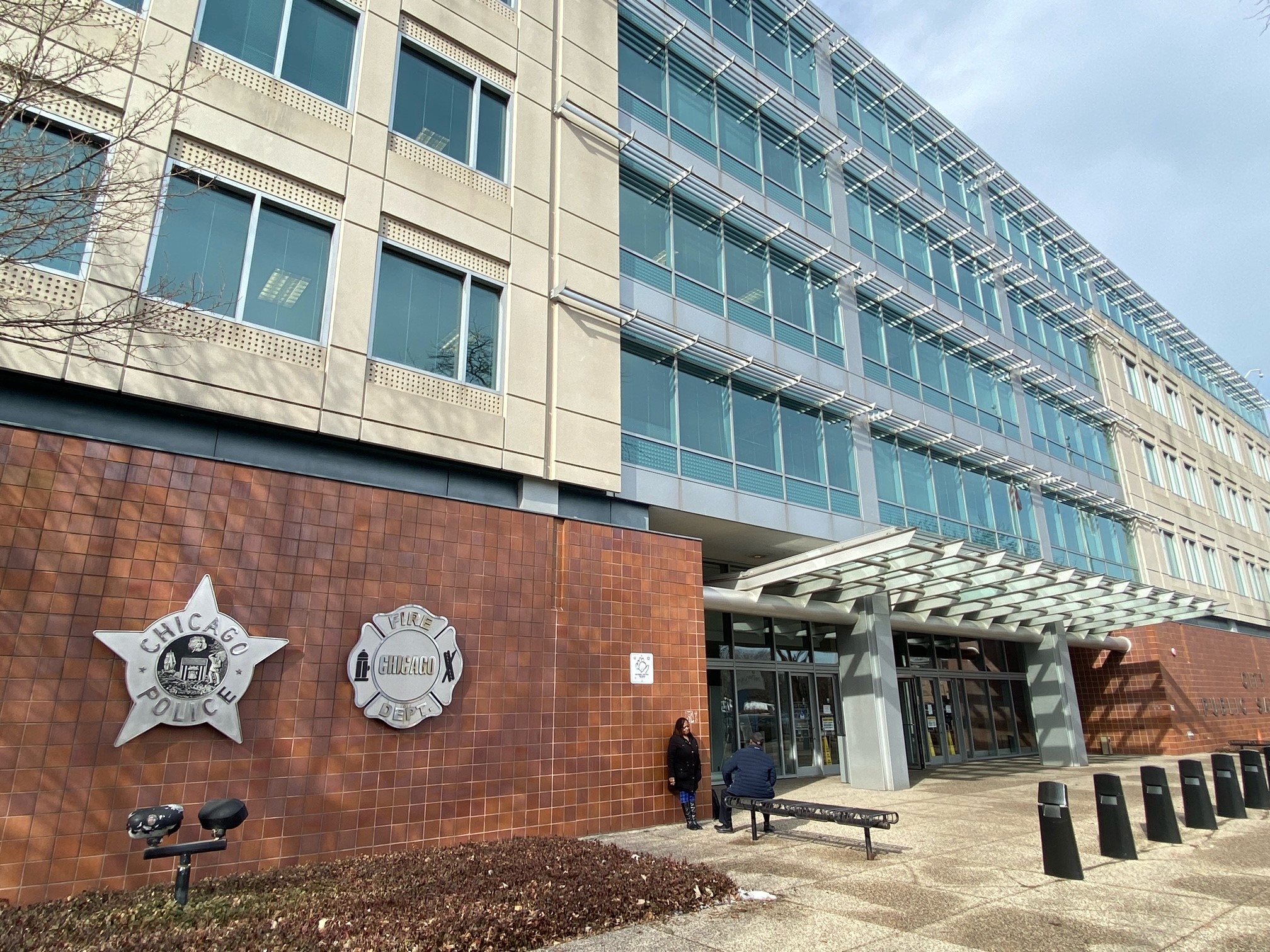Some highlights from newly updated law enforcement gang intelligence and block-by-block turf maps provided exclusively to The Associated Press in advance of their release Tuesday by the Chicago Crime Commission in a Gang Book. That last Gang Book, which is used as a guide for regional police, was published in 2012.
NUMBERS
Chicago has 59 active street gangs, with more than 2,000 semi-autonomous factions. Police estimate 100,000 gang members are in the city. More than half are in three gangs — the Gangster Disciples, Latin Kings and Black P Stones. Thousands of purported members aren't active, and many people may be wrongly assumed to be in gangs simply because of where they live.
STRUCTURE
Well-disciplined gangs controlled by older leaders at the top are largely a thing of the past due to the successful prosecution of gang kingpins, such as Gangster Disciple leader Larry Hoover. Now 67, he is serving a life sentence at a supermax prison in Colorado for convictions in the 1990s. Greater violence has been an unintended consequence of the leadership takedowns, with smaller factions run by younger members quicker to clash with other factions.
SUBURBIA
Chicago gangs continue to expand into the suburbs. Of 122 suburban police departments that responded to a Chicago Crime Commission survey, 80 said gangs were in their communities. The gangs with the largest presence in suburbia are the Latin Kings, Gangster Disciples, Surenos 13, Maniac Latin Disciples and Vice Lords.
Local
SOCIAL MEDIA
Gangs have embraced social media over the past decade. Gangs' favorite social media, including to taunt rivals and to help conceal their illegal activities, is Facebook, followed by Instagram, Snapchat, Twitter and YouTube, according to the commission survey. Gangs also widely use Kik and WhatsApp. Police in the suburb of Cicero say 70 percent of gang conflict stem from exchanges on social media.
COMMON HISTORY
Going back to the 1970s, gangs were divided into two large alliances, the Folk and the People. Even with weaker alliances and a breakdown into factions, most Chicago gangs still identify as either Folk or People. Even gangs in open conflict celebrate some of the same founders and share similar gang signals. Gang members affiliated with the Folk, for instance, typically turn hats they wear to the right. Those aligned with the People turn them left.



